#marc allegret
Photo
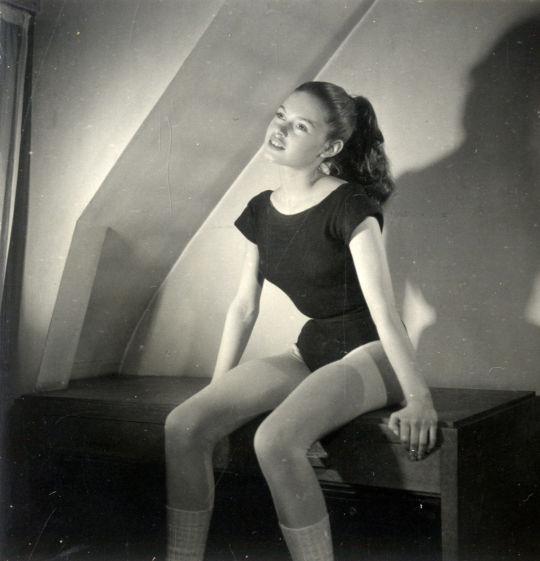


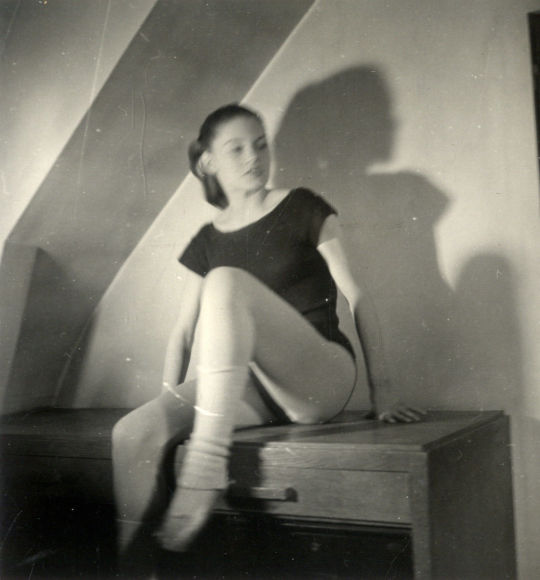
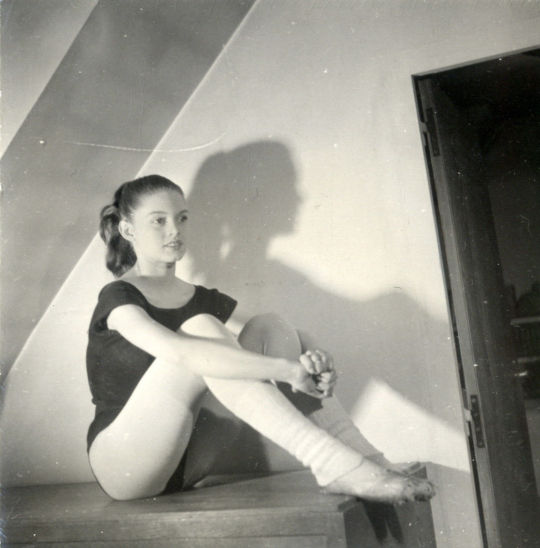
Brigitte Bardot by Marc Allegret, c.1950
248 notes
·
View notes
Text



Marc Allegret
Brigitte Bardot
C. 1950
108 notes
·
View notes
Text

10 notes
·
View notes
Text
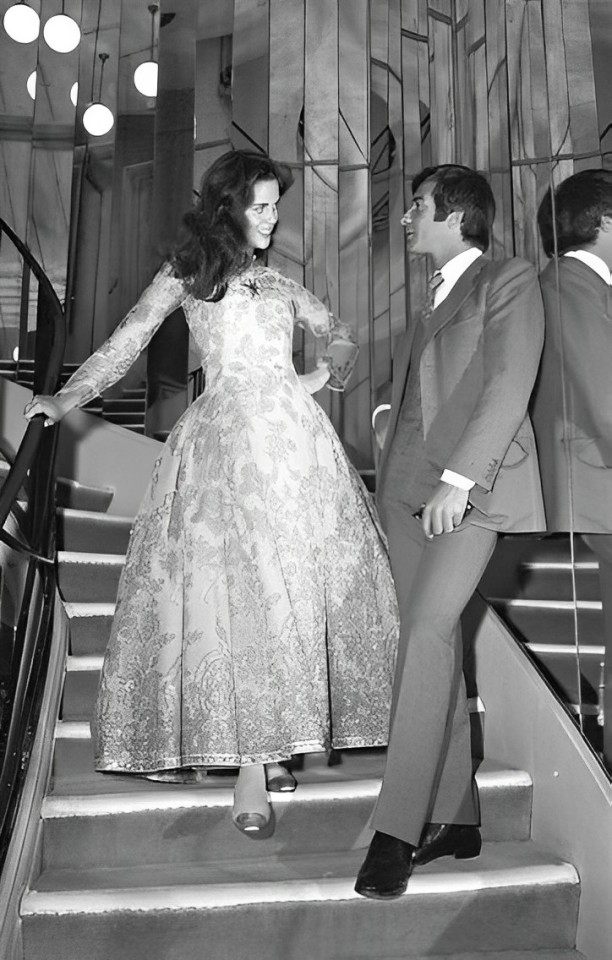
Chanel Haute Couture Fall/Winter 1969-70 Collection.
Sylvie Fennec in a dress andJean-claude Brialy at Coco Chanel for the preparation of the film 'Le Bal du Comte d'Orgel' directed by Marc Allegret.
Chanel Collection Haute Couture Automne/Hiver 1969-70.
Sylvie Fennec dans une robe etJean-claude Brialy chez Coco Chanel pour la préparation du film 'Le Bal du comte d'Orgel' réalisé par Marc Allegret.
Paris Match Archive
#chanel#collection haute couture#fashion 60s#fashion 70s#fall/winter#automne/hiver#french designer#french style#french actor#french actress#le bal du comte d'orgel#marc allegret#jean claude brialy#sylvie fennec#evening gown#robe du soir
7 notes
·
View notes
Text
Your hosts encounter the 1960 "erotic horror" film ET MOURIR DE PLAISIR (LE SANG ET LA ROSE) aka AND DIE OF PLEASURE (BLOOD AND ROSES) from director Roger Vadim! But where's the horror? More importantly, where's the eroticism??
Context setting 00:00; Synopsis 34:02; Discussion 44:20; Ranking 1:10:42
#podcast#et mourir de plaisir#le sang el la rose#and die of pleasure#blood and roses#roger vadim#carmilla#sheridan le fanu#mel ferrer#elsa martinelli#rene-jean chauffer#marc allegret#annette vadim#annette stroyberg#claude brule#claude martin#raymond eger#claude renoir#victoria mercanton#jean prodromides#vampire#horror#dark fantasy#dark romance#romantic tragedy#SoundCloud
3 notes
·
View notes
Text

Cartel película "Deshojando la margarita" (En effeuillant la merguerite) 1956, de Marc Allegret.
11 notes
·
View notes
Text
Gothic Melodramas II
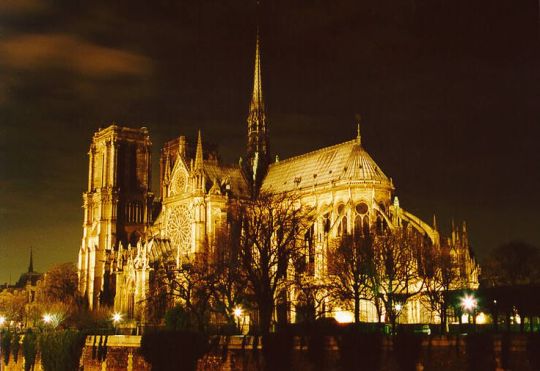
Below is a list of Gothic melodramas in movies and television (in chronological order:
GOTHIC MELODRAMAS II
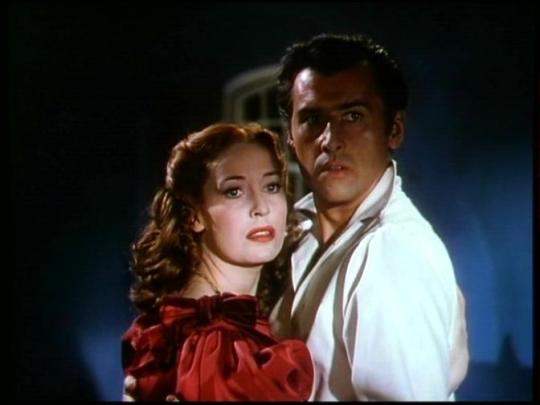
“Blanche Fury” (1948); dir. Marc Allégret
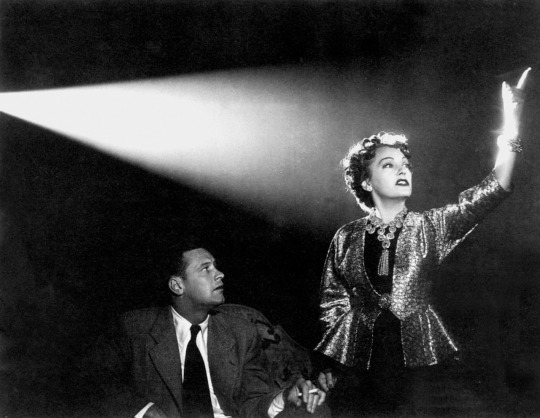
*”Sunset Boulevard” (1950); dir. Billy Wilder
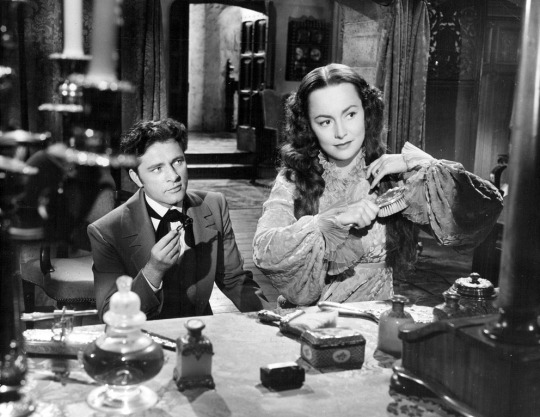
“My Cousin Rachel” (1952); dir. Henry Koster
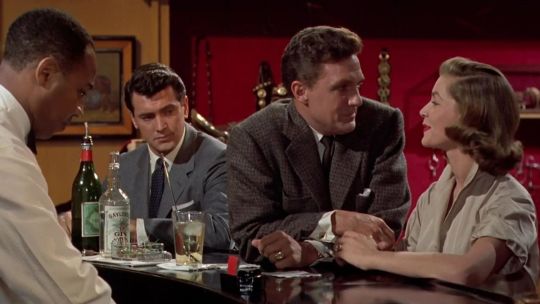
“Written on the Wind” (1956); dir. Douglas Sirk

“The Beguiled” (1971); dir. Don Siegel
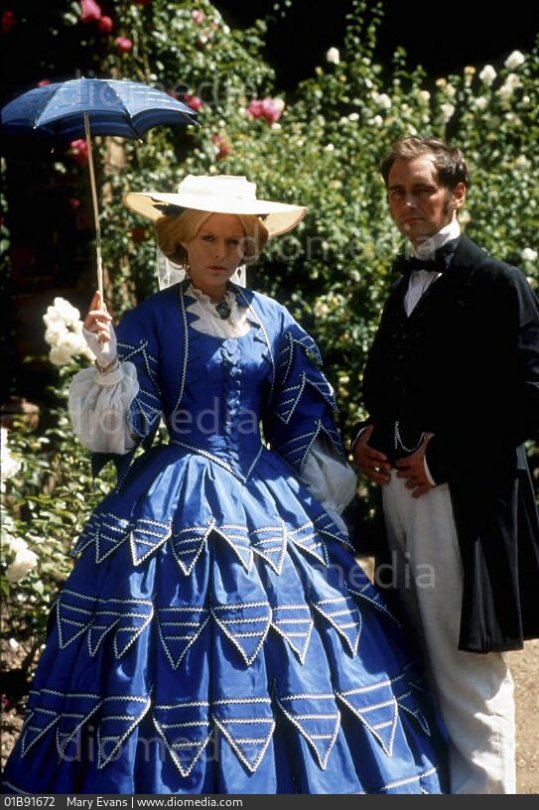
“Angels & Insects” (1995); dir. Philip Haas
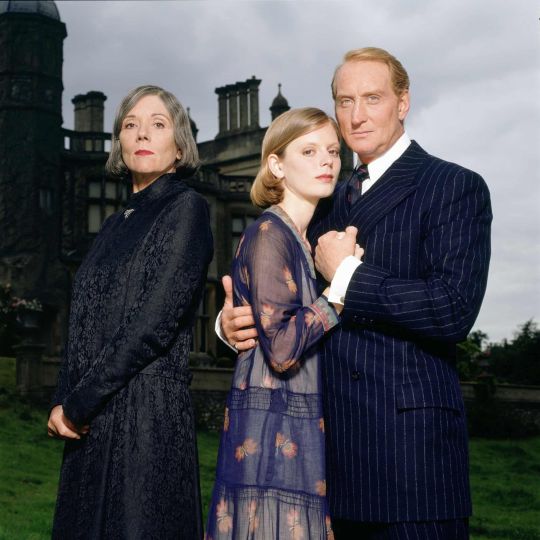
“Rebecca” (1997); dir. Jim O’Brien
*I realize that “Sunset Boulevard” has been acknowledged as “film noir”, but the movie has always seemed more like a Gothic melodrama to me.
END OF PART II
#gothic#gothic melodrama#period drama#period dramas#costume drama#old hollywood#blanche fury#blanche fury 1948#valerie hobson#stewart granger#marc allegret#sunset boulevard#sunset boulevard 1950#billy wilder#william holden#gloria swanson#my cousin rachel#my cousin rachel 1952#henry koster#richard burton#olivia de havilland#written on the wind#written on the wind 1956#douglas sirk#rock hudson#robert stack#lauren bacall#the beguiled#the beguiled 1971#don siegel
7 notes
·
View notes
Text
"BLANCHE FURY" (1948) Review
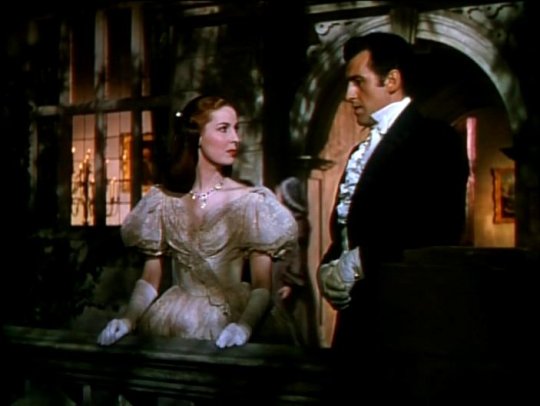
"BLANCHE FURY" (1948) Review
I suspect that many fans of costume dramas would be fascinated to know about the series of period dramas released by the British film industry during the post-World War II era. A good number of those films were released by a British film studio known as Gainsborough Pictures. But not all of them were released through this particular studio. Some were released through other studios or production companies . . . like the 1948 period drama, "BLANCHE FURY".
Based upon the 1939 novel written by Marjorie Bowen (under the pseudonym of Joseph Stearling), "BLANCHE FURY" told the story of two lovers during the 1850s, who become embroiled in adultery, greed and murder. More importantly, Bowen's novel and the movie was inspired by a real-life case involving the 1848 murder of an estate owner and his adult by a tenant farmer trying to stave off a bad mortgage. The story surrounding "BLANCHE FURY" proved to be a bit more complicated and melodramatic.
The story begins with a beautiful, impoverished gentlewoman named Blanche Fuller, who is forced to serve as a domestic companion for a wealthy woman (think of Joan Fontaine in 1940's "REBECCA"). To Blanche's great relief, she receives an invitation to become governess for the granddaughter of her rich uncle Simon Fuller. Upon her arrival, Blanche becomes romantically involved with Simon's only son, the weak-willed Laurence. She learns that her uncle and cousin have assumed the surname of Fury, which belonged to the previous owner of the estate, the late Adam Fury. She also meets Philip Thorn, Adam's illegitimate son, who serves as the estate's head groom and resents Simon and Laurence's possession of his father's estate. Blanche decides to marry Laurence for the sake of security and wealth but becomes dissatisfied with her marriage. She and Philip also fall in love and quickly drifts into a sexual affair. Longing for possession of both Blanche and the estate, Philip drags Blanche into a plot that leads to double murder.
The first thing that caught my attention about "BLANCHE FURY" that it is a beautiful looking film. Producer Anthony Havelock-Allan, director Marc Allégret and cinematographers Guy Green and Geoffrey Unsworth really made use of the Technicolor process. And if I must be brutally honest, I could say the same for the costumes designed by Sophie Devine, who created some colorful outfits for leading lady, Valerie Hobson, as shown below:


Despite my admiration for the photography and costumes, I was not that impressed by the set designs and especially the production designs. Well . . . let me take some of that back. I had no problems with John Bryan's production designs for scenes featured in smaller rooms - Philip's quarters and a private bedroom or two. But I was not impressed by scenes in large rooms - you know, the drawing room, foyer or library of the Fury manor. Quite frankly, these "sets" resembled badly made matte paintings instead of lived-in rooms. Lifeless. An individual museum room with a collection of paintings looked warmer.
But I certainly had no problems with the story. The latter begins with Blanche in the process of giving birth before it flashes back to her days as a paid companion. Thanks to the screenplay written by Audrey Erskine-Lindop and Cecil McGivern, audiences received several glimpses into Blanche's mindset - her frustrations as a paid companion and later, as wife to the weak-willed Laurence Fury; her sexual fascination with Philip Thorn and the later realization that she had bitten off more than she could chew, thanks to Philip's murder plot. For me, the most memorable scene in the entire movie featured an argument between the unfaithful Blanche and the arrogant Laurence, who had insisted that she interrupt her rest to entertain a guest who had arrived with him and his father in the late evening. Blanche's blatant refusal to blindly obey her husband nearly caused me to stand up and cheer, despite the fact she had spent the last 24 hours cheating on him with Philip. I had an easier time understanding Blanche than I did Philip. He seemed to have this attitude that the Fury estate should have been given to him, despite being born on the wrong side of the blanket. And the fact that he was willing to destroy the Fuller-Fury clan (with the exception of Blanche), including Laurence's young daughter, left me feeling cold toward him in the end.
"BLANCHE FURY" featured some very solid performances, despite a penchant for some of the cast to nearly drift into slightly hammy acting. I could never accuse Valerie Hobson of overacting. Mind you, her performance did not exactly knock my socks off, but I thought she did a pretty job. Her best moments proved to be the Blanche/Laurence quarrel and Blanche's horror over Philip's arrogant behavior following the deaths of her husband and father-in-law. I had recently come across an article suggesting that Stewart Granger was not exactly the most skillful actor. Recalling his performances in movies like "KING SOLOMON'S MINES", "SCARAMOUCHE" and "BHOWANI JUNCTION", I found this opinion hard to accept. But a part of me could not help but noticed that his performance in "BLANCHE FURY" - especially in the movie's last half hour - threatened to wander in the realm of the melodramatic. Otherwise, I found his performance satisfactory. Michael Gough fared just as well as Miss Hobson as Laurence Fury - especially in the memorable Blanche/Laurence quarrel scene. Though, there were moments when I thought he would go a little overboard. Sybille Binder, who portrayed the Furys' stoic housekeeper Louisa was just that . . . stoic. I thought she would play a major role in the movie. But in the end, I felt that her time was more or less wasted. Susanne Gibbs made a very charming Lavinia Fury, Laurence's young daughter. But I thought the best performance came from Walter Fitzgerald, who portrayed Blanche's no-nonsense uncle (later, father-in-law) Simon Fury. I found it rather interesting that Fitzgerald could portray such a blunt character with great subtlety. He seemed to be the only cast member who did not threatened to become melodramatic.
I may have had a few problems with "BLANCHE FURY". But if I must be honest, I found it entertaining and rather satisfying. Thanks to Marc Allégret's direction, Audrey Erskine-Lindop and Cecil McGivern's entertaining screenplay, Guy Green and Geoffrey Unsworth's photography and a solid cast led by Valerie Hobson and Stewart Granger, I found the movie more than satisfying.
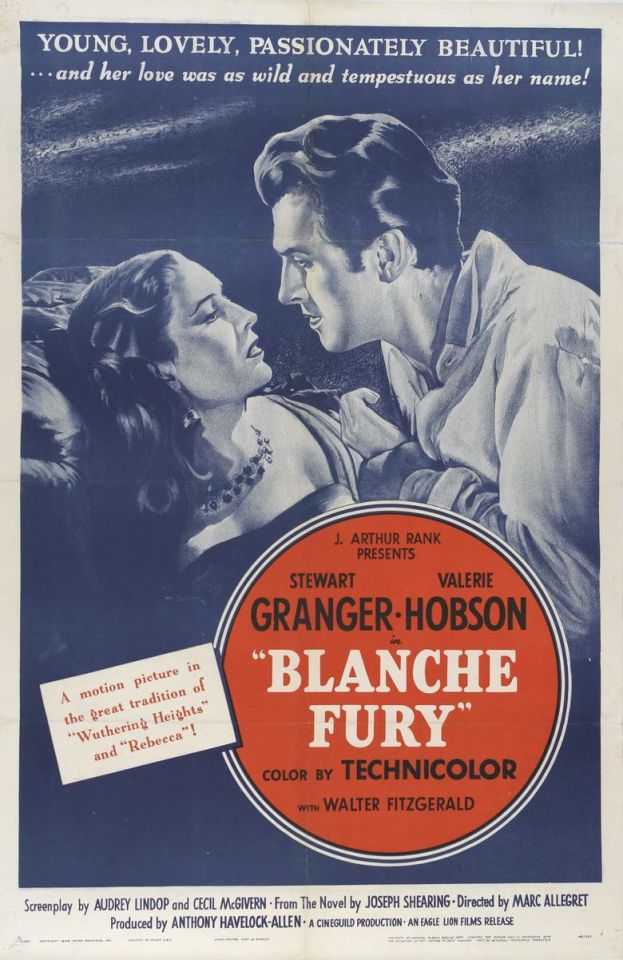
#gainsborough pictures#blanche fury#blanche fury 1948#marc allegret#valerie hobson#stewart granger#victorian age#joseph shearing#michael gough#walter fitzgerald#geoffrey unsworth#susanne gibbs#maurice denham#sybille binder#ernest jay#allan jeayes#old hollywood#period drama#period dramas#costume drama
0 notes
Text
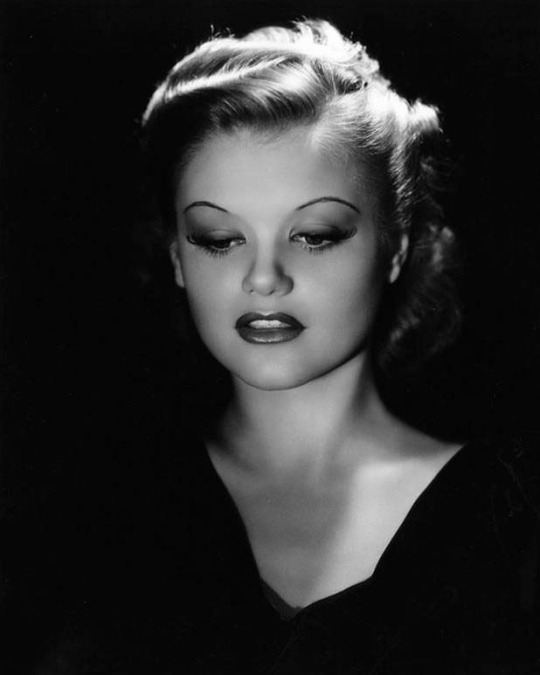
Simone Simon
Diminutive, fiery-tempered Simone Simon was born in France, but spent much of her early childhood in Madagascar, where her father managed a graphite mine. Her schooling was somewhat unsettled, her family moving from city to city (Berlin, Budapest, Turin) before finally establishing themselves in Paris in 1930. Simone started as a dress designer, fashion model and occasional performer in stage musicals. She eventually met the director Marc Allégret, who took her under his wing. Her film debut was in 1931 and she had her first major hit as Jean Gabin's co-star in The Human Beast (1938), directed by Jean Renoir.
There were two halves to Simone's history in Hollywood. In 1936, Darryl F. Zanuck signed her to a contract at 20th Century Fox on the strength of a picture she had made two years earlier, Allegret's Ladies Lake (1934). She was launched with an expensive publicity campaign which accentuated her continental allure, particularly, her 'sexy pout'. During her tenure, problems surfaced regarding her command of English and also her limited singing skills. Dissatisfied with the roles she was given, Simone returned to France and 'La Bete Humaine'. She made a second attempt at Hollywood, acting in William Dieterle's The Devil and Daniel Webster (1941) as Belle, the devil's handmaiden. The New York Times review of October 17 considered her 'completely out of key'. Simone's best work, however, was to come in the shape of the cult horror classic Cat People (1942). Producer Val Lewton and director Jacques Tourneur used her triangular-faced feline qualities to best effect in the story of a girl who obsesses about an ancient Balkan curse turning her into a panther. The film was stylish and subtle, creating imagined rather than actual menace. Simone's performance was commensurate with perfectly studied cat-like mannerisms. During the production of 'Cat People', Simone was under FBI surveillance because of her relationship with MI5 spy Dusko Popov. She made two further, less successful, films at RKO, then returned to France for good. Simone made several films there and worked on the stage. In spite of many affairs and relationships, she never married.
- IMDb Mini Biography By: I.S.Mowis
1 note
·
View note
Text
Blanche Fury
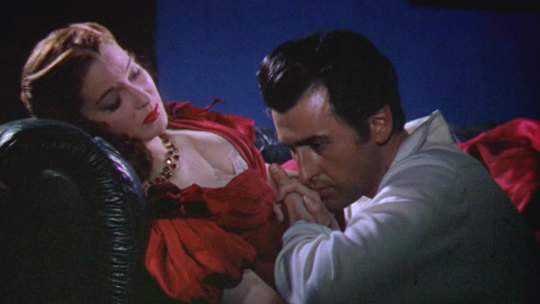
Watching Marc Allegret’s BLANCHE FURY (1948, Criterion Channel, YouTube) is like eating an entire box of chocolates in one sitting. It’s a luscious wallow. Anthony Havelock-Ellis produced the film to cash in on the popularity of the Gainsboorough melodramas and provide a distraction for his wife, Valerie Hobson, who had just given birth to a child with Down’s syndrome. Her role as a poor relation hired as governess to her wealthy cousin’s motherless daughter certainly gives her a lot to work with, particularly when she’s torn between the cousin (Michael Gough, in his film debut; was he ever really that young?), who offers her security and wealth, and the groundsman (Stewart Granger), who offers her pure unbridled sex. She tries to have it both ways, with deadly results. The film has some interesting parallels to GONE WITH THE WIND (1939) in Hobson’s marriage of convenience, her grudging attraction to magnetic Granger and the presence of a female child obsessed with show jumping. There’s even a shot of Hobson in a 19th-century bonnet turning to reveal her face to the camera that’s almost identical to a similar shot of Vivien Leigh. All that’s lacking is the passion. Hobson was a beautiful, intelligent actress and does a lot of solid work here, but it’s hard to believe she’s in the grips of uncontrollable ardor. Granger is quite good, and Gough is priggish enough you’re not going to miss him when he’s gone. And the whole thing looks scrumptious in Guy Green and Geoffrey Unsworth’s Technicolor cinematography. Clifton Parker did the lush, symphonic score that pushes the whole thing into the kingdom of divine decadence.
0 notes
Photo

Cassette, boitier et jaquette en bon état général Un film de Marc Allegret avec Louis Jouvet Synopsis Isabelle, Cécilia et François sont étudiants au conservatoire d'art dramatique. Cécilia est amoureuse de François, mais le jeune homme est amoureux d'Isabelle. Désespérée, Cécilia se suicide en s'arrangeant pour faire passer son suicide pour un meurtre que François aurait commis. #oiseaumortvintage #melodieensoussol #butindechine #retourdechine #cassettevideo #vhs #louisjouvet https://www.instagram.com/p/CdNOHFCM5PG/?igshid=NGJjMDIxMWI=
0 notes
Photo


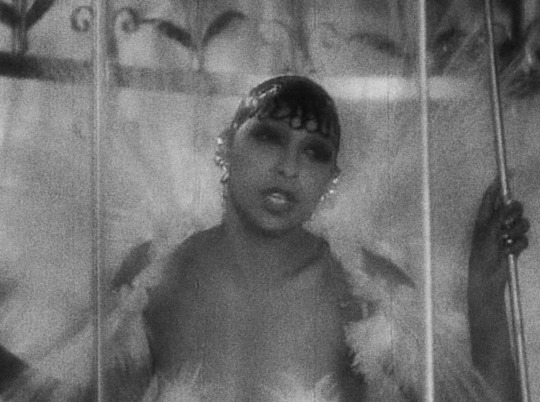

Josephine Baker in Zouzou (Marc Allégret, 1934)
2K notes
·
View notes
Photo


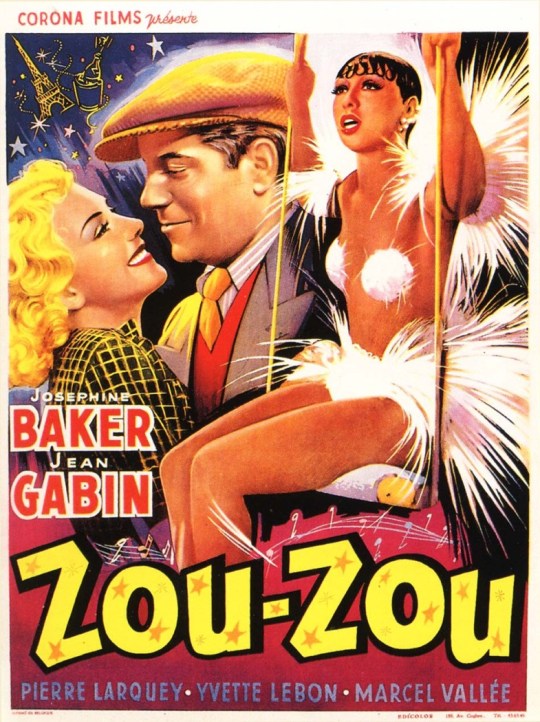

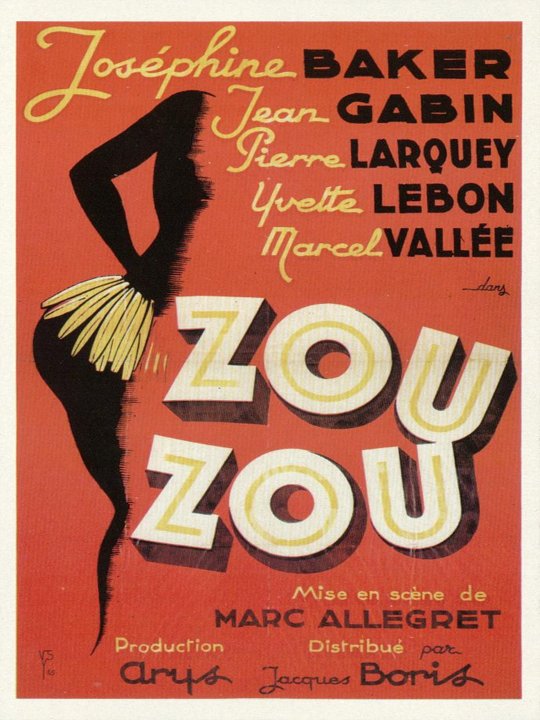
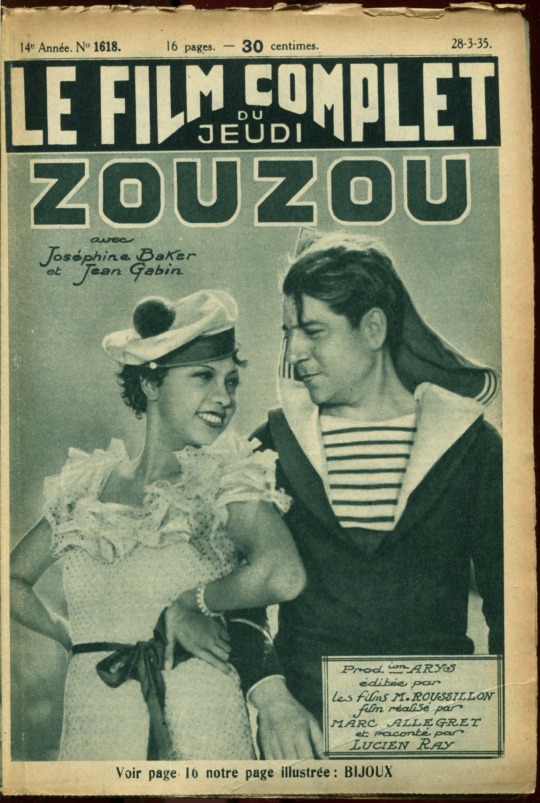

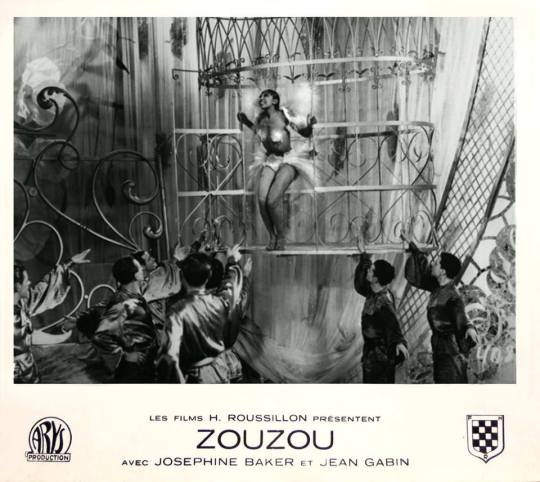

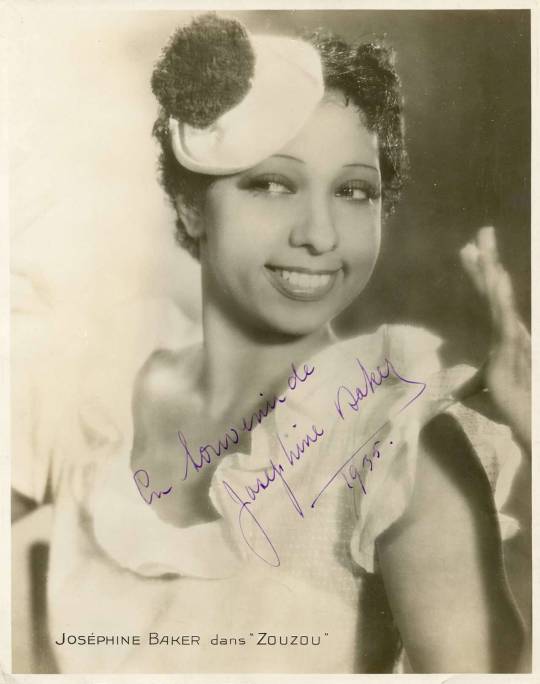
Zouzou (1934) Marc Allégret
June 5th 2021
#zouzou#1934#marc allegret#josephine baker#jean gabin#yvette lebon#pierre larquey#ila mecsery#palau#marcel vallee#madeleine guitty
53 notes
·
View notes
Text


Woman of Malacca/ La dame de Malacca (1937)
7 notes
·
View notes
Text

116 notes
·
View notes
Text

Simone Simon-Jean-Pierre Aumont "El lago de las damas" (Lac aux dames) 1934, de Marc Allegret.
8 notes
·
View notes